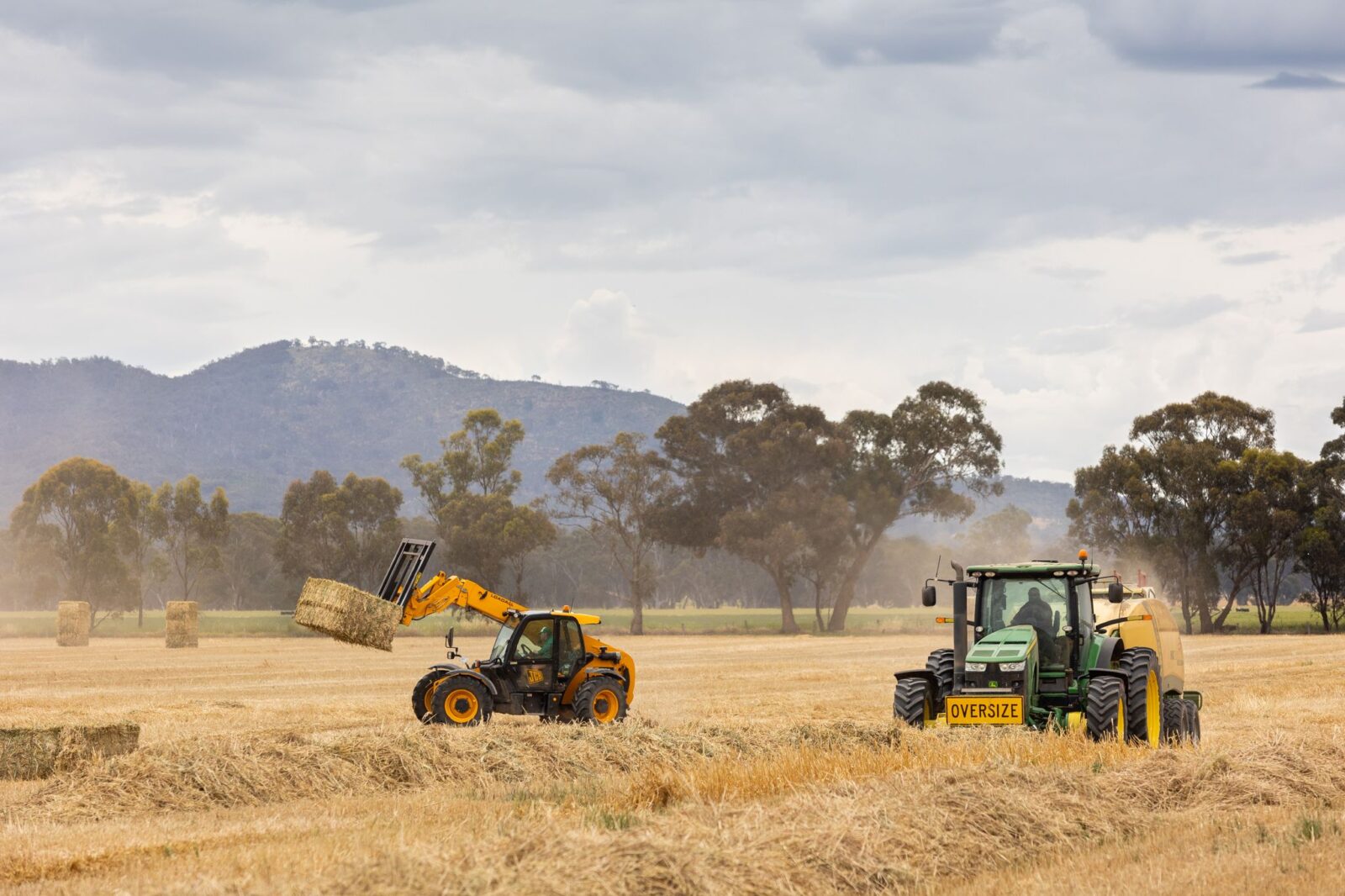Meet your future agronomists: The five Horizon Scholars getting a career head start
 EXPORT FODDER / Friday, 18 August 2023
EXPORT FODDER / Friday, 18 August 2023
Research unlocks new potential of oaten hay in dairy production

Oaten hay is more than a simple source of fodder fibre, and new research is backing up this well-known theory.
A study from the University of Melbourne has shown that high-quality oaten hay could improve animal production, especially in dairies and feedlots, and support the sustainable development of dairy production both in Australia and overseas.
The research is funded by AgriFutures Australia through its Export Fodder Program which invests in research, development and extension (RD&E) that improves the productivity, profitability and sustainability of the Australian export fodder industry. In particular, this project aligns with the industry’s priorities to produce high-quality, export grade fodder and continue access to international markets.
University of Melbourne livestock nutrition and grazing management senior lecturer Dr (Paul) Long Cheng worked with PhD student Zelin Li to develop the study which fills a critical gap in international research.
“Anecdotally we know oaten hay is much more than a fodder fibre source – it has the potential to improve animal health and overall production. This study is a unique opportunity to demonstrate the quality of the product,” Dr Cheng said.
It could also open the door for Australia to service additional export markets and a growing dairy industry overseas, in addition to delivering better results for animal health, dairy production and greater sustainability locally.
Nutritional value in the spotlight
Australian oaten hay is a unique offering on the global export fodder market and is considered a premium roughage for international customers, particularly dairy farmers.
Oaten hay is very palatable, which means lactating dairy cows have lower sorting activity when fed high-quality forage in the form of Australian oaten hay. Feed rations containing oaten hay may also have higher nutrient digestibility, this combined with a higher intake leads toa higher production performance and ultimately, higher milk yields.
Mr Li said hay was an essential component in ruminant diets, providing the necessary fibre, energy and nutrients for growth and development but added “not all hay is the same”.
“The results indicated that high quality oaten hay may support a higher level of animal production performance than other forages tested,” Mr Li said.
The study conducted an in vitro experiment comparing seven types of high quality and low quality conserved forages including oaten hay, wheat hay, barley hay, timothy hay, ryegrass hay, lucerne hay and corn silage.
The researchers used the Ankom RF Gas Production System, which can mimic the rumen function of cattle to compare the hay types.
The study analysed major differences in gas production, dry matter (DM) disappearance, ammonia, volatile fatty acids, methane production and pH change.
“Gas production from the in vitro experiment tells us a story about digestibility, because the more cattle digest hay in the rumen, the more that is turned into gas,” Dr Cheng said.
Gas production and DM disappearance can indicate potential animal production performance. Preliminary results from the research showed high-quality oaten hay and highquality barley hay had the highest gas production, while high-quality oaten hay had the highest DM disappearance.
“The overall fermentability of high-quality oaten hay was significantly better than other hay or roughage,” Mr Li said.
Next steps
Mr Li said his future PhD studies will investigate how much oaten hay in a diet can be used by different classes of animals to deliver optimal performance.
A cattle growth field trial is proposed to be held at the University of Melbourne’s Dookie campus in northern Victoria to continue the research.
For more information, visit AgriFutures Australia’s Export Fodder page here
You can also subscribe to updates from the project and Export Fodder Program here
Latest News
-
Meet your future agronomists: The five Horizon Scholars getting a career head start WORKFORCE AND LEADERSHIP / 18.08.23
WORKFORCE AND LEADERSHIP / 18.08.23 -
New data reveals $8 billion contribution of Australia’s chicken meat industry CHICKEN MEAT / 18.08.23
CHICKEN MEAT / 18.08.23 -
AgriFutures opens Applications for 2026 Learning and Development Opportunities WORKFORCE AND LEADERSHIP / 18.08.23
WORKFORCE AND LEADERSHIP / 18.08.23 -
Unearthing a quiet giant: Australia’s rising truffle industry TRUFFLES / 18.08.23
TRUFFLES / 18.08.23






